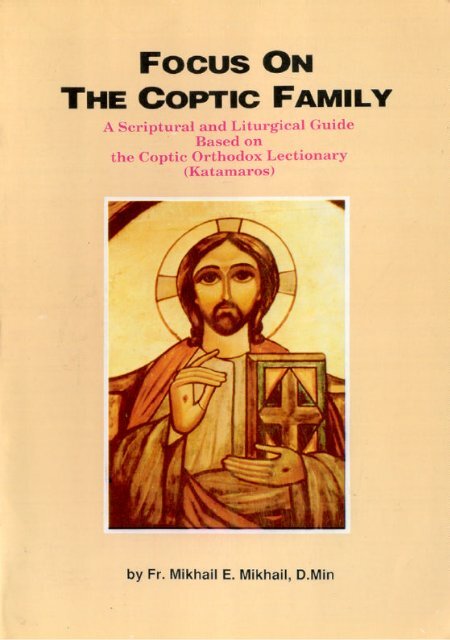
Coptic Reader builds each document on the fly with all appropriate hymns, rites and instructions to take the guess work out of the order of a church service.Ĭoptic Reader can generate documents in a combination of English, Arabic, and Coptic and supports both English and Arabic as the application interface language. Coptic Reader is not simply a text reader but rather it dynamically creates each document/service according to the rites of the current day, or selected day/feast.
#Synaxarium of the coptic reader full#
See below for a full list of included content. Wanas’ patriotism and connection to the city of Luxor.Coptic Reader is a mobile application that contains the liturgical text, rites, psalmodies, hymns, melodies, services, and sacraments of the Coptic Orthodox Church. Behind him in the picture are Luxor’s Obelisks, a sign of St. This is how people who he appeared to have seen him. His icon shows him in a deacon’s outfit, holding a cross and a Gospel like a deacon circling around the altar. Wanas is known as the patron saint of lost things. He then took the body of the saint amidst the deacons’ singing of hymns and praises, and placed it in its current location. The next morning, Metropolitan Marcos went to the cemetery and saw the place that the angel showed him in the vision. He started fasting and praying liturgies, asking God to lead him to the place where the body was buried.Īfter fasting for three days without eating or drinking anything, the Lord sent an angel and showed him in a vision the location of St. The metropolitan wanted to find the body of St. When the late Metropolitan Marcos (previous metropolitan of Luxor, Esna, and Armant) was alive, the location of the cemetery was in the middle of the city, buildings were starting to appear in the cemetery, and the idea of removing the cemetery arose. They went back and searched for the head until they found it under a palm tree and brought it back to the bishop, who respectfully put perfumes on the body, wrapped it in a shroud, and buried it in the cemetery St. God guided some believers to his body, which they recognized because of his distinct outfit which he always wore (a white gown with a distinct cross on it), and they joyfully took the body to the bishop, who asked them to go search for the saint’s head.

After the soldiers separated his head from his body, they threw his head far from his body. Wanas glorified God and called out for God to help him.įinally, he was martyred on the 16th day of Hatour, at the beginning of the fourth century. They were creative in torturing him, having no mercy on his young age.
#Synaxarium of the coptic reader series#
Wanas because of his courage, and the soldiers began to try a series of torture methods with the saint. They found him after he had encouraged the believers, and he did not flee from the commander or his soldiers when they found him. They heard about the deacon Wanas, and set out looking for him. The Roman commander came to the saint’s town with his soldiers and looked for the believers. Wanas went and told the bishop about his dream and asked the bishop to bury his body in Om Qoraat cemetery in Luxor where his ancestors were buried. In a dream, God showed him that he will receive the crown of martyrdom. When the devil waged war on the church through persecution, the saint desired to shed his blood for Christ’s sake. His face shone, and it attracted the attention of everyone who saw him. He walked around the church and did everything that was necessary without ever being lazy or bored. During the days when there was liturgy, he helped in making the holy bread (Orban), and during the days that had no liturgy, he asked the neighboring women to make him some bread (called Hanoun) to sustain him. He stayed in church pretty much all the time and although he was young, he fought the spiritual war faithfully. He lived as an ascetic monk although he was twelve years old.

He was raised in love of virtue, love of the Church, fear of God, reading the Bible, and learning about the lives of the saints and martyrs. Despite his young age, he was ordained a deacon by the bishop of the city because of his love for Christ and his spiritual maturity. Since there is no manuscript on the life of Saint Anba Youannis (Wanas), he was the only child born to a pious Christian couple in Luxor, who brought him up in the Christian faith.


 0 kommentar(er)
0 kommentar(er)
